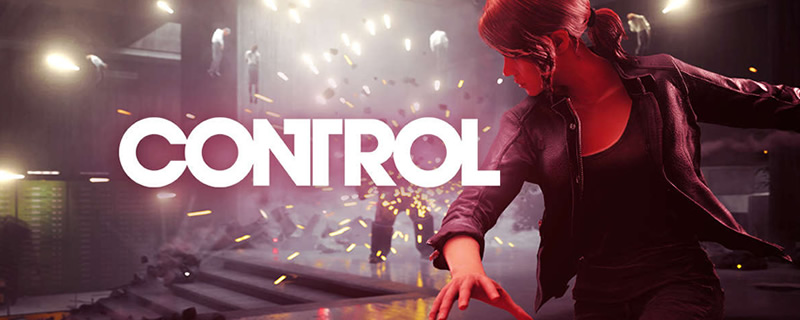Control PC Performance Review & Optimisation Guide
Conclusion
Control is an exciting game for many reasons. For starters, there is the game’s strange, yet thrilling, story, next, there is the game’s refusal to comply with common game design rules; and finally, there is the game’s graphics. Â
 Â
Unlike most modern games, we could get lost within Control’s world. Rather than rely on an on-screen mini-map or other pointers, Control allows players to navigate the game using nothing but the Bureau of Contol’s signs. Hitting Tab on PC will reveal a game map, but even then it will only guide players to areas, not exact objectives. Control doesn’t need to hold the hands of players to bring them to their destination.Â
This level of immersion is further helped by the level of detail that Remedy has placed into the game. Much of the environment is destructible, desks are filled with objects, and the world has an unnerving theme that’s befitting of the Federal Bureau of Contol.  Â
There is no getting around the fact that COntrol is a demanding PC release. All console versions of the game target 30FPS and none of them can even approach 4K resolutions. Add higher-end PC settings on top of this and advanced raytracing support, and we have an extremely demanding game on our hands.Â
Thankfully, Control’s graphics look great when using any of the games visual presets. Even low settings offer ScreenSpace Reflections (SSR) and Screen Space Ambient Occlusion (SSAO). This shows Remedy’s commitment to maintaining Control’s graphical style, though it is worth noting that these settings can be disabled if players wish.Â
At low settings, AMD’s RX 580 graphics card can maintain 60 FPS framerates in our benchmarking runs, which are designed to simulate heavy workloads in Control. Nvidia’s GTX 1060 also comes close to reaching this mark, only suffering from minor framerate dips. Control’s preset framerate scaling is shown on page six. Pages 3 and 4 also cover the graphical changes between each of these presets.Â
When it comes to optimisation tips, Control’s most impactful settings are Global Reflections and Volumetric Lighting. Both of these settings can deliver huge performance increases when they are lowered or disabled. The performance impact of these settings and more are explored on page 7. This page will be helpful to those who want to increase their PC framerates in Control.Â
Remedy has also updated its Northlight Engine to deliver the most impactful implementation of real-time raytracing that we have seen to date, enabling extreme levels of graphical improvement. Sadly, this boost in graphical fidelity comes at a considerable performance cost, so we expect that most Control players will opt to play the game with RTX off. More details on the game’s RTX performance and the graphical impact of raytracing can be found on our dedicated Control RTX/Raytracing Analysis piece.Â
CPU-wise, Control needs nothing more than a strong quad-core to run well. Strangely, Control’s CPU performance is better when using Microsoft’s DirectX 11 API. This is detailed on Page 8. This is likely due to the fact that Control started its development using the DirectX 11 API. The game later shifted to DirectX 12 to add support for raytracing using Microsoft’s DXR API.Â
To get the best PC performance out of Control, most PC gamers should avoid using the game’s highest graphical preset. Use the data that we have left on page 7 of this analysis to guide your graphical settings decisions. Thankfully, Control looks great, even when using the game’s low preset, so all PC gamers should have a decent visual experience. Â
Control is a game that pushed its graphics in several bold directions. Here, Remedy has opted to add a large number of real-time raytracing effects to a game that can already bring an RTX 2080 Ti to its knees. It will take several hardware generations before this game can run at a steady 4K 60FPS, and that’s without raytracing. While some gamers will scream unoptimised, we are glad to see a developer push GPU manufacturers to create stronger hardware.Â
In terms of raytracing, Control sets the standard of what can be expected in the future of hybrid raytraced graphics. Sadly, it will take several hardware generations for this level of graphics to be possible with reasonable levels of performance. Even so, this makes us excited about what the future holds for the PC gaming market.Â
You can join the discussion on Control’s PC performance on the OC3D Forums.Â



